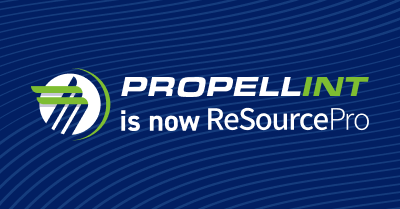Chances are, your company’s paper processes aren’t costing it as much as the federal government’s are costing taxpayers. In Boyers, Penn., there is an underground cavern in which the 600 employees of the Office of Personnel Management process all of the government’s retirement papers, according to The Washington Post. This process is conducted entirely by hand. Over the course of the past five years, the cost of processing the average retirement application has increased from $82 to $108.
A process management nightmare
In this system of caves, employees shuffle thousands of case files from room to room of the old Pennsylvania limestone mine, entering retirees’ data line by line, the news source explained. The mine contains room for more than 28,000 file cabinets. In the winter, federal employees arrive before dawn and leave after dark. They spend their days printing digital pages to be placed in pensioners’ files, which are then shuffled on to other employees who scan these pages back into a digital format.
“The need for automation was clear – in 1981,” James Morrison, Jr., who oversaw the retirement-processing system under President Ronald Reagan, told The Washington Post. “After a year, I thought, ‘God, my reputation will be ruined if we don’t fix this.'”
But, the mine continues to run exactly as it did in 1977. There have been several attempts at process improvement over the years, all of which failed, the news source explained. The Obama administration’s most recent attempt gained limited success, but at significant cost to efficiency. Rather than automating, the administration made the mine run faster by adding approximately 200 employees over the past five years.
When is paperless not paperless?
The average insurance business is almost certainly not this bad. Most insurance businesses understand the gains in efficiency that can be recognized by eliminating paper processes, and many even have formal paperless initiatives. Unfortunately, many businesses put too much focus on the actual paper, and not on the paper-driven processes that are the underlying cause of the waste, according to Chris Gagnon of Leader’s Edge Magazine.
Gagnon cited a recent experience he had with a paper process. He received a request from his agent related to his errors and omissions renewal, including a PDF form that required his signature. While the PDF format is technically “paperless,” the process behind it is painfully paper-driven, he explained. Rather than simply entering relevant information via a digital process, he was forced to download the PDF from an email, print it onto physical paper, sign the document, photograph or scan the document back into a digital form, upload the digital document and reply via email – in total, a six-step process.
Even the much older process of receiving a fax, signing a document and returning it via fax could be considered a process improvement in this light – only three steps compared to six. While no one would ever seriously suggest a return to the facsimile machine, the point remains that, by focusing blindly on eliminating paper at all costs, inefficiency may still find its way into a system. Paper-driven processes may have always been somewhat inefficient, but they are particularly so in a paperless world.
Companies that want to increase efficiency must focus first on business process improvement. In a digital world, true paperless processes will most likely follow naturally. Perhaps the federal government could take a lesson from the insurance industry in this case.



